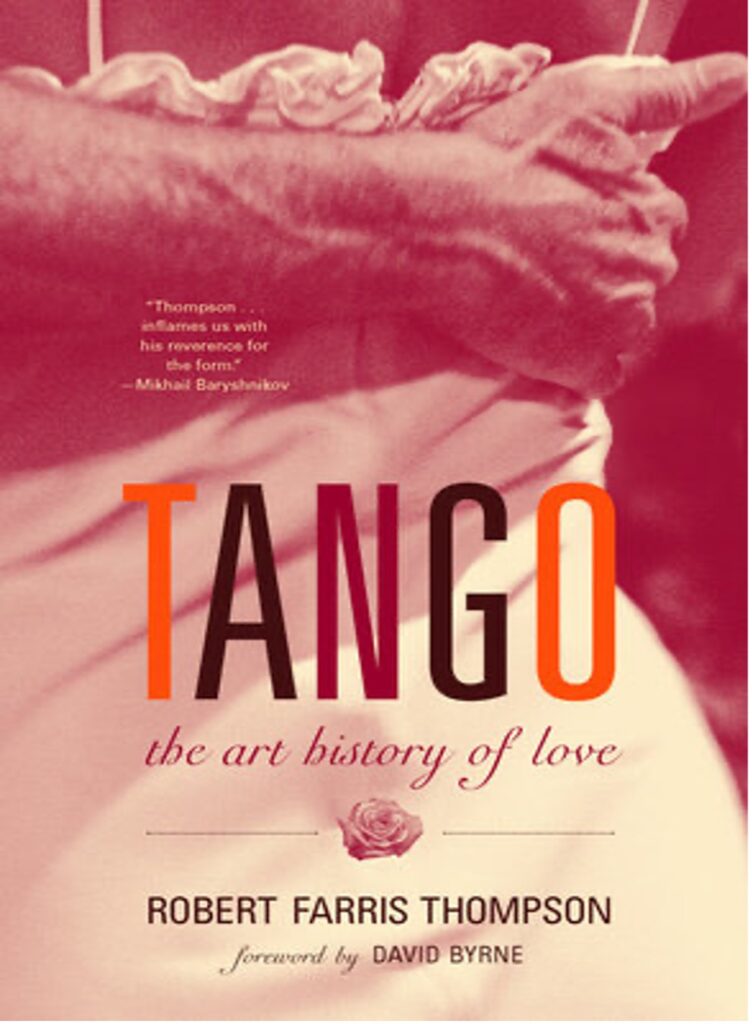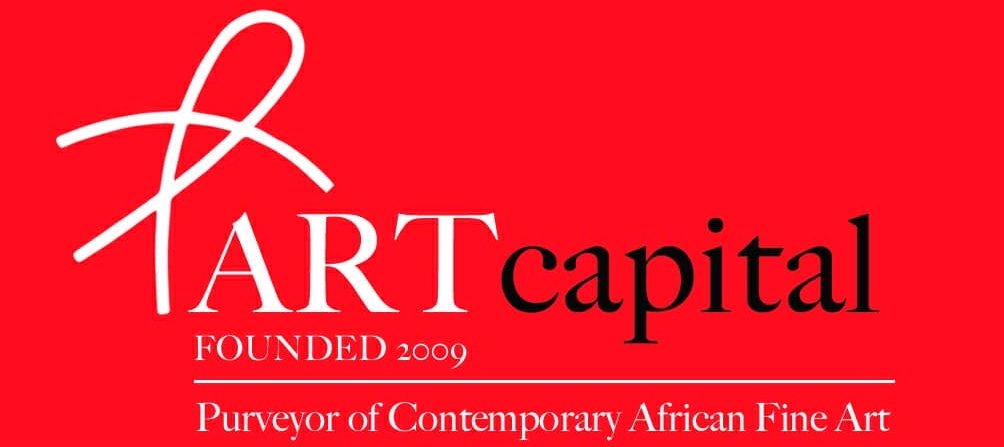By Nii B. Andrews.
One of the world’s most renowned and foremost scholars of African art history, Robert Farris Thompson ( 1932 – 2021) passed on this weekend, November 28.
He was an authority and exemplar of the distinct and fundamental contribution of African and Afro-American culture and philosophy to the world patrimony.

Robert Farris Thompson called and documented it as spirit memory, or a “flash of the spirit.”
These included the practices that Africans who lived in the Americas during the 1700s through to the 1800s brought for worship from the continent of Africa and the islands of the Caribbean: Kinetic Vocabulary, Call and Response, Riffing, Repetition, shaking, spirit possession, and Rocking.
Others included Nsibidi ideograms, the Yoruba pantheon and the Leopard society.
His scholarship also extended to contemporary popular culture: hip-hop and African dance.

He was at his death, professor emeritus in the history of art and African American studies at Yale, where he was one of the school’s longest-serving professors, having taught there since 1965 and served as master of its Timothy Dwight College for more than thirty years.
On the campus and beyond, he was known for his lively lectures and revered as the “professor of mambo”.
His writing was extensive and incisive; he coined the term “Black Atlantic” and penned several seminal books.

These included the groundbreaking book Flash of the Spirit: African and Afro-American Art and Philosophy – a comprehensive documentation and analysis of the visual arts and philosophies of a distinct set of ancient African cultures, has remained in print since first published in 1983.
Others are – Black Gods and Kings: Yoruba Art at UCLA (1971), published six years after he obtained his Ph.D. in art history from Yale and began teaching there; The Four Moments of the Sun: Kongo Art in Two Worlds (1981) and Face of the Gods: Art and Altars of Africa and the African Americas (1993), which was accompanied by an exhibition at New York’s Museum for African Art.

His last book was 2011’s Aesthetic of the Cool: Afro-Atlantic Art and Music; in which his writings on topics such as Afro-Cuban dance and Yoruba sculpture “posed a newly systematic understanding of cultural forms and meanings not merely as points on a historical continuum but as dynamics of transmission, movement, and change.”
Thompson also exposed the impact of African art on American culture, where it has informed fields ranging from design to philosophy to language.
It was his unique insights that could explain in depth for example, the meaning of the word COOL; he stated:
“Cool has other rubrics, other aesthetics, too. One is a standard Niger/Congo idiom for self-control: ‘Cool your heart.’ Tutu okan è· in Yoruba, but the Bas-Kongo phrase it an entirely different way. They say, ‘Kana uzona nkembo, mbundo saula’: ‘If you want glory, despise your heart.’ That’s another way of phrasing it. You say: ‘Heart, shut up.’ That’s how you achieve grace under pressure.”

He travelled widely throughout Africa, was an initiate in several indigenous initiatory systems and spoke multiple African languages fluently.
“We can’t know how American we are unless we know how Black we are,” Thompson was quoted as saying in a 2010 issue of Yale Alumni Magazine.
